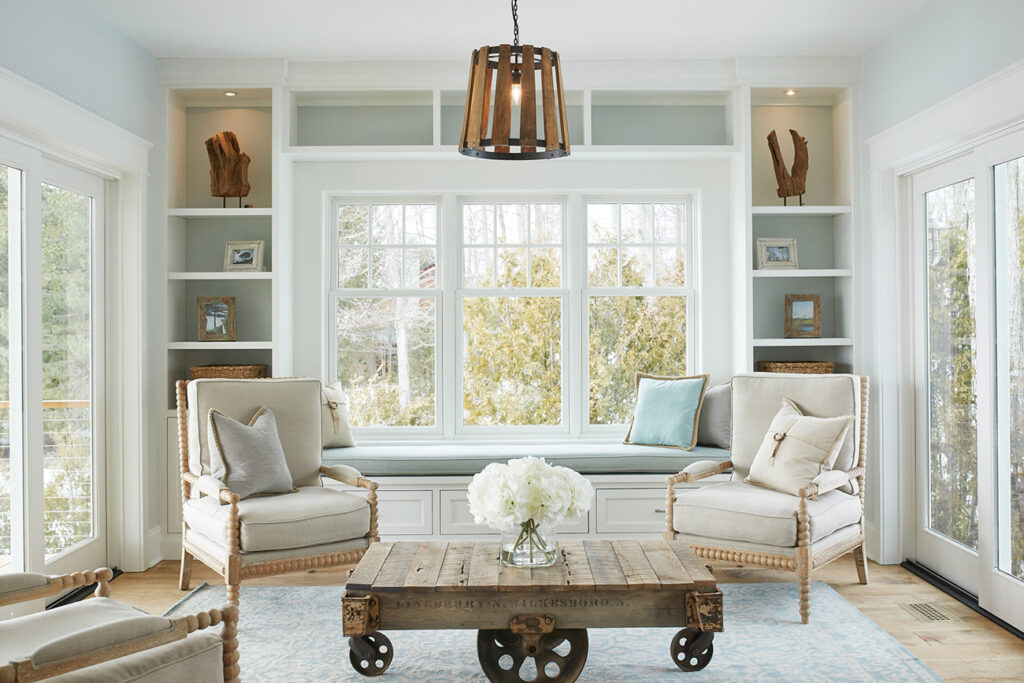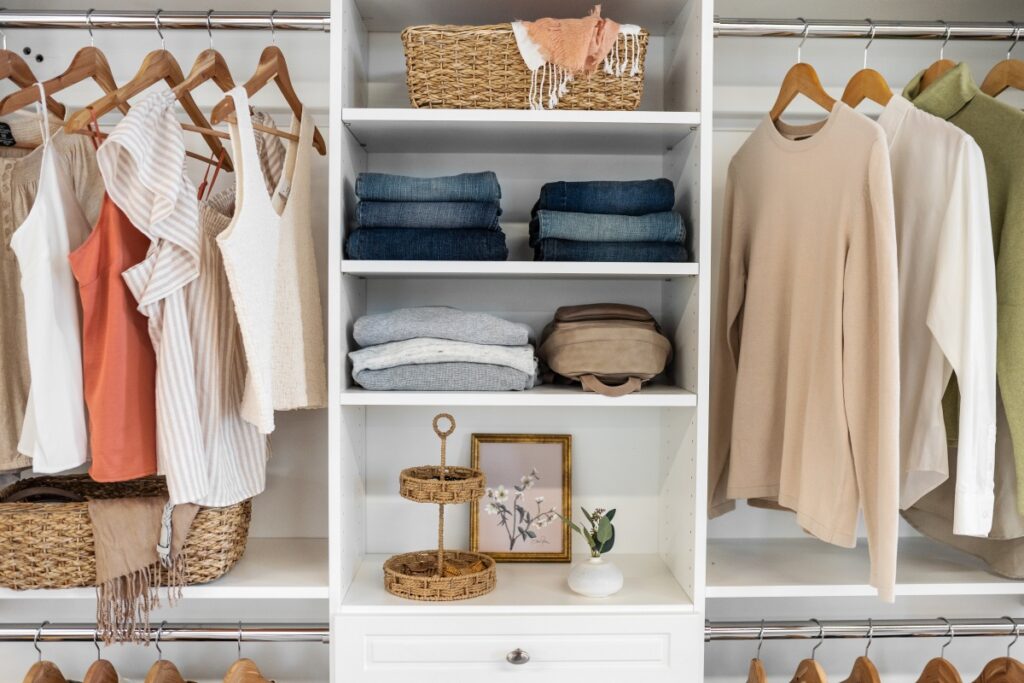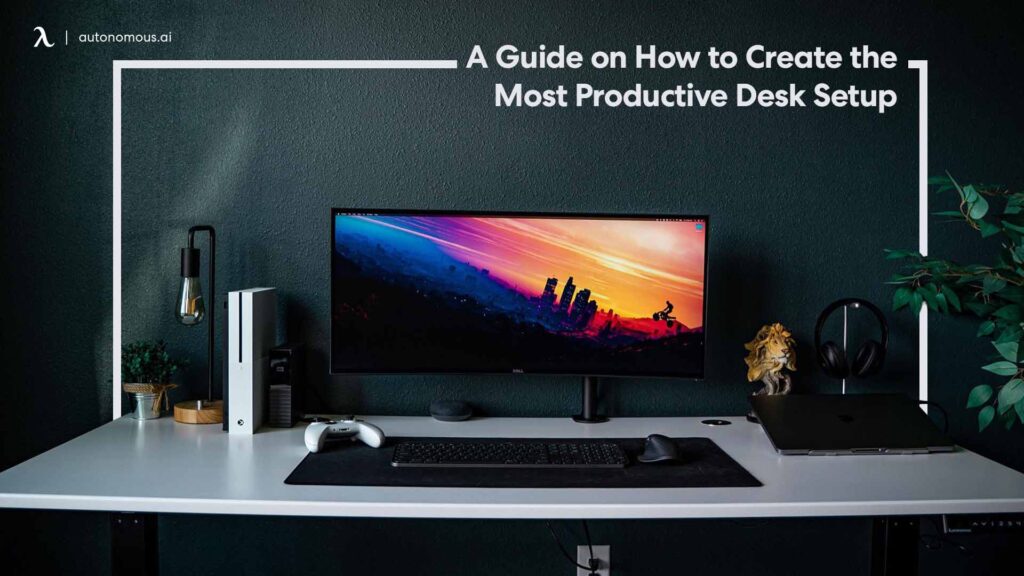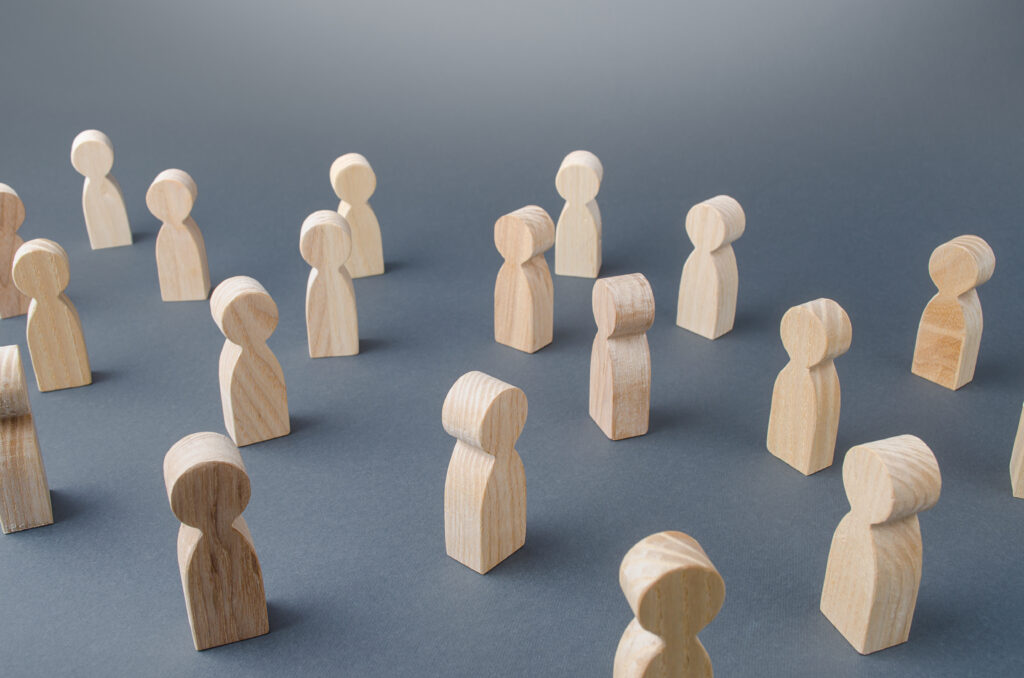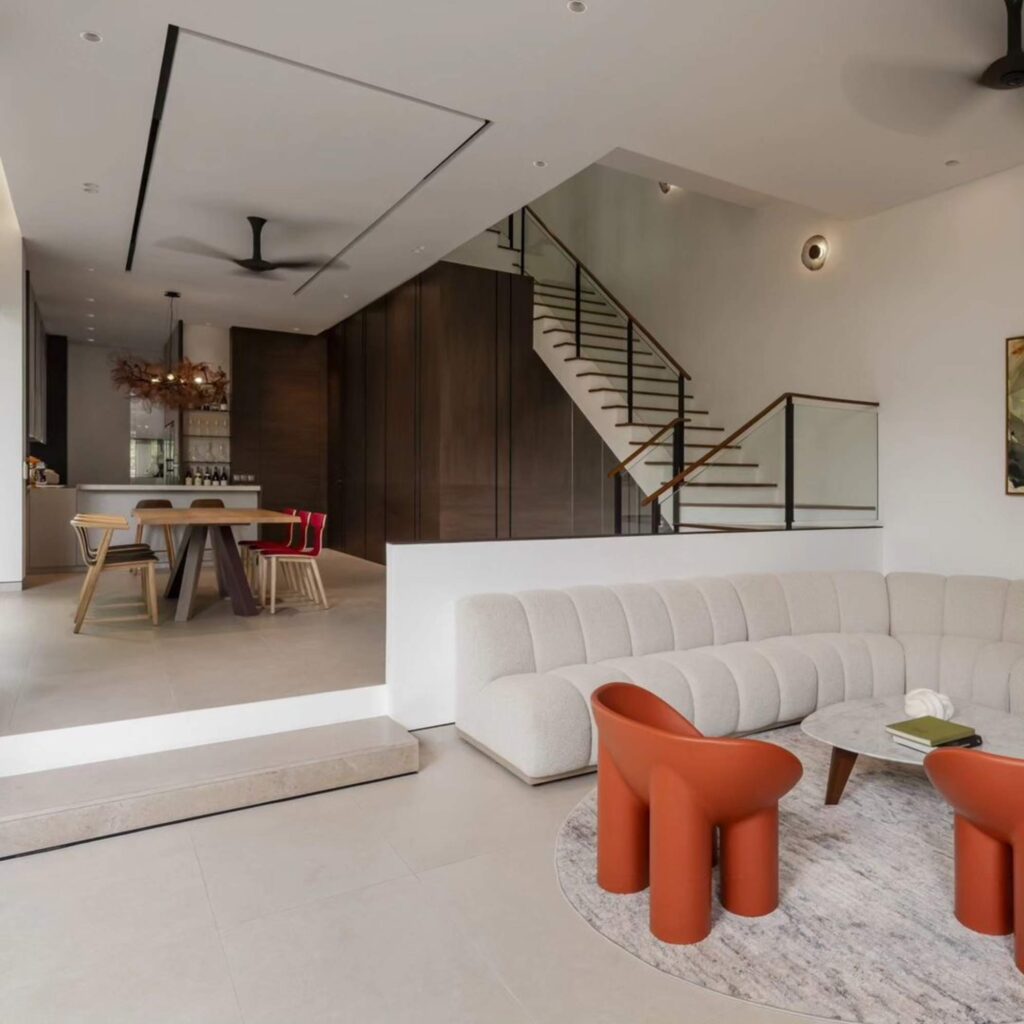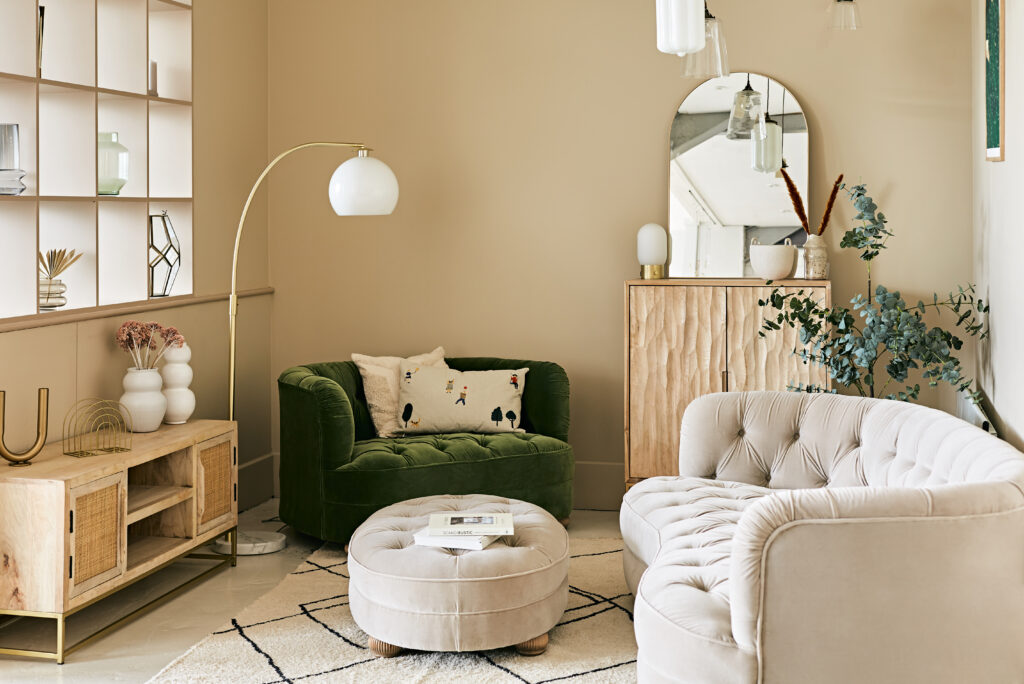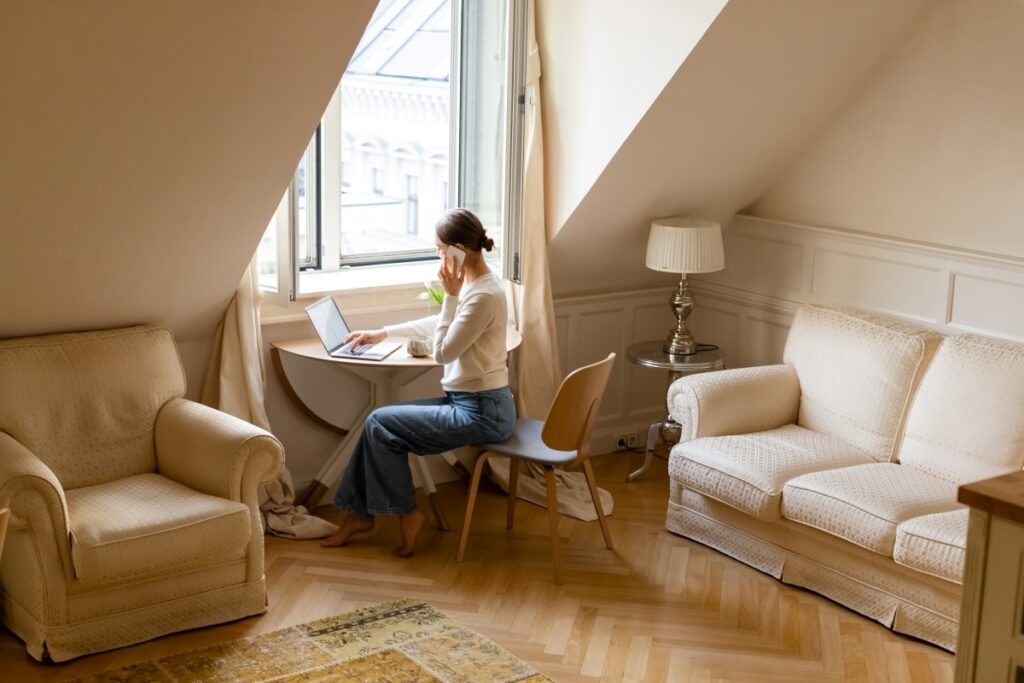Embracing Minimalism for a Simpler Life
The pursuit of a minimalist lifestyle is increasingly relevant in today’s fast-paced world. As we juggle countless responsibilities and confront the pressure to consume more, the idea of living with less becomes not just appealing, but necessary for our well-being. A minimalist approach can lead to a decluttered mind and a more intentional way of living, fostering both mental clarity and reduced stress.
By focusing on what truly matters and letting go of excess possessions, we can enhance our personal organization and enjoy life’s simple pleasures. Transitioning to this lifestyle doesn’t have to be overwhelming; there are practical steps that can ease the journey.
In this article, we will explore the Top 5 practical tips for embracing minimalism and cultivating a sense of lightness in your life. From decluttering techniques to mindful consumption, these strategies will empower you to live intentionally and experience a profound sense of freedom.
Practical Tips for a Life with Fewer Things and More Lightness
In a world where we are constantly surrounded by an abundance of objects and distractions, searching for simplicity can seem daunting. Yet, living a lighter life, stripped of unnecessary physical and emotional burdens, offers unparalleled peace. Embracing minimalism can help unclutter not just our living spaces but also our minds. Here are the top 5 practical tips to guide you towards a life with fewer things and more lightness.
5. Set Space Limits
An effective strategy to reduce clutter is to set spatial boundaries for your belongings. Choose a specific closet or a shelf and decide that this will be the designated space for your personal items. This limitation compels you to carefully consider what truly matters.

- Perspective: Regularly assess the things you genuinely use.
- Discard: Evaluate whether items that do not fit are worthy of keeping.
- Organization: Retain only the items you love and frequently use.
This approach not only maintains a more organized home but also allows you to appreciate and take better care of the possessions that hold real value for you.
4. Practice the 30-Day Rule
The 30-Day Rule is a straightforward method centered on avoiding new purchases for an entire month. After this period, revisit the items you contemplated purchasing, asking yourself if they are truly essential. This technique forces you to reflect on your genuine needs before acquiring new objects.
- Challenge Yourself: Resist the urge to buy anything new for 30 days.
- Observe Your Impulses: Investigate the triggers that prompt you to shop.
- Reflect: At the end of the month, identify what you missed, if anything.
This practice not only curbs consumerism but also amplifies focus on what you already possess, helping you to maximize their utility and joy.
3. Adopt the KonMari Method
Designed by Marie Kondo, the KonMari Method is a meticulous approach to decluttering and organization that involves evaluating the utility and joy that each item brings into your life. The core idea is to keep only what brings happiness. Implementing this method can transform both your space and your life.
Here are some guidelines to apply the KonMari Method:
- Discard by Category: Begin with clothes, then proceed to books, and so forth.
- Joy Check: Hold each item and ask yourself: Does it spark joy? If not, get rid of it.
- Visibility and Accessibility: Organize in such a way that items are easily visible and accessible.
Adopting this technique, many have found not only emotional liberation but also a physically lighter environment, fostering mental clarity and focus.
2. Integrate Minimalist Habits in Daily Life
Embedding minimalist habits into your daily routine can revolutionize how you interact with your belongings. A simple yet profound exercise is to remove one item every day. This daily ritual not only reduces clutter but also helps you identify the weight of objects both physically and emotionally.
- Deter Accumulation: Be persistent in eliminating items that no longer serve a purpose.
- Reflect: Question why you retain certain items. Is it emotional attachment?
- Create a Cycle: As you rid of one item, observe how you feel and make adjustments.
By cultivating daily habits, you not only diminish the quantity of objects but also enhance mental clarity, leading to a more focused mindset.
1. Embrace the “Less is More” Mentality
The “Less is More” philosophy is a cornerstone of minimalistic living. Viewing life through this lens means prioritizing experiences over possessions. When you place value on what truly matters, your life becomes more meaningful and lighter.
To reshape your mentality, consider the following:
- Identify Essentials: Determine what is truly important for you—family, friends, health.
- Eliminate Distractions: Focus on what adds value to your experiences.
- Invest in Time and Relationships: Allocate more time for meaningful interactions and self-care practices.
When you shift your focus away from material possessions and towards meaningful experiences, life automatically becomes richer and more fulfilling. This perspective not only lightens the physical load but also creates space for emotional and spiritual growth.
In conclusion, by setting space limits, practicing the 30-day rule, adopting the KonMari Method, integrating minimalist habits, and embracing the “Less is More” philosophy, you can craft a life not only filled with lightness in terms of possessions but also enriched through experiences and emotional balance. These practices enable you to disentangle from the clutter of the modern world, allowing for greater clarity and an enhanced appreciation of the simple joys in life.
| Category | Details |
|---|---|
| Simplified Living | Embracing minimalism encourages conscious consumption, helping individuals prioritize what truly matters. |
| Mental Clarity | Less clutter in your environment leads to enhanced focus and reduced mental fatigue, as it’s easier to concentrate on tasks at hand. |
| Financial Freedom | Adopting a simpler lifestyle can significantly reduce expenses, paving the way for savings and more meaningful investments. |
| Eco-Friendly Practices | Fewer possessions often result in a smaller carbon footprint, as reducing consumption diminishes waste and environmental impact. |
Living a life with fewer objects not only simplifies daily routines but also opens the door to a variety of benefits that go beyond the material. By emphasizing a lifestyle centered on essentialism, individuals can craft a more intentional existence, encouraging thoughtful decisions about what they allow into their lives. The ripple effects of this approach can be profound. For instance, with less physical clutter, individuals often experience a sense of tranquility and purpose. This newfound mental clarity is not merely psychological—it can translate to greater productivity and creativity, leading to personal and professional achievements.In addition, a minimalist lifestyle fosters better financial habits. With a focus on what is necessary rather than trivial comforts, individuals can channel their resources into savings or experiences that hold lasting value. This shift may alleviate financial stress, enabling individuals to pursue passions that enrich their lives.Moreover, the environmental impact of our consumption patterns cannot be overlooked. The journey towards simplicity encourages a closer examination of our habits—pushing us toward sustainable choices that contribute to a healthier planet. Reducing waste and choosing quality over quantity are essential steps in nurturing our environment. These categories illustrate the multifaceted advantages of a life with fewer possessions, revealing a path filled with lightness, liberation, and conscious living. Exploring and embracing these aspects can lead to profound changes not only in personal well-being but also in the broader community and ecosystem we inhabit.
Frequently Asked Questions About a Life with Fewer Objects and More Lightness
What is meant by living with fewer objects?
Living with fewer objects refers to the adoption of a minimalist lifestyle, where individuals intentionally choose to own less, focusing only on items that hold value and purpose in their lives. This approach not only emphasizes decluttering physical spaces but also promotes mental clarity and reduced stress levels. The journey towards minimalism often involves evaluating personal attachments to material possessions and questioning their importance.
How can reducing clutter improve mental health?
Reducing clutter can have a profound impact on mental health. Studies suggest that living in a cluttered environment contributes to feelings of anxiety and stress. By minimizing possessions, individuals may find a sense of relief and peace, creating a more serene home atmosphere. A decluttered space promotes better focus, creativity, and rest, ultimately enhancing overall mental well-being.
What practical steps can I take to start reducing the number of objects I own?
Beginning a journey towards minimalism involves certain practical steps. Start by evaluating each room and identifying items that haven’t been used in the past year. Implement the rule of “one in, one out,” ensuring that every new purchase replaces an existing item. Consider donating or recycling things that no longer serve a purpose but could be valuable to someone else. These actions simplify the process and maintain a sustainable balance within your living space.
Is there a balance between minimalism and satisfying personal style?
Absolutely. Minimalism doesn’t necessarily mean sacrificing personal style or the comforts that bring joy. It encourages thoughtful selections by focusing on quality over quantity, valuing a few cherished pieces rather than accumulating an excess. This balance ensures that personal style is maintained without the burden of unnecessary possessions, leading to satisfaction and a personalized yet open space.
How can this lifestyle change contribute to sustainability?
Adopting a minimalistic lifestyle can significantly contribute to environmental sustainability. Owning fewer items reduces consumer demand, leading to decreased production and resource use. Minimalism often aligns with the principles of reducing, reusing, and recycling, promoting conscious consumption patterns. Ultimately, this lifestyle fosters a more sustainable interaction with the planet, benefiting both individuals and the larger ecosystem.
Conclusion
In an era overwhelmed by consumerism and clutter, shifting towards a lifestyle with fewer objects and more lightness offers not just a breath of fresh air but a path toward greater well-being. The notion of minimalism is not merely about emptying spaces; it is about creating room for what truly matters. By adopting principles of minimalism and personal organization, individuals can cultivate an environment that supports mental clarity and emotional balance.
This article has delved into five practical tips to embrace simplicity: starting with setting clear intentions, followed by decluttering systematically room-by-room or category-by-category. These steps are foundational in identifying what is truly necessary. Establishing a habit of questioning new acquisitions is pivotal in preventing further clutter from creeping in, enforcing a disciplined approach to consumption. Embracing multifunctional items and digital solutions can help maintain a streamlined space while meeting daily needs.
Furthermore, sustainable decisions have an impact beyond personal space, touching the broader community and environment. Living with fewer material possessions can lead to enhanced self-reflection, freeing resources for greater experiences rather than things. The journey towards a lighter, more organized life encourages us to rebuild priorities, focusing on the invisible attachments like relationships, passions, and inner peace.
Embracing minimalism is indeed a personal journey but offers universal benefits. As advocates of personal organization and a clutter-free life suggest, it opens avenues for creativity, enhances focus, and most importantly, provides the clarity we need to navigate the complexities of modern life.
In conclusion, by consciously choosing less, we invite more depth into our lives, space for the essential, and greater freedom. Minimalism isn’t about having less for its own sake; it’s about making room for what adds the most value. As such, the art of simplifying can truly lead to a life with more significance and purpose.

Linda Carter is a writer and organization expert specializing in minimalism and personal organization. With extensive experience helping individuals create clutter-free, functional spaces and adopt mindful habits, Linda shares her knowledge on our platform. Her goal is to empower readers with practical advice and strategies to simplify their lives, stay organized, and achieve a sense of calm and balance in their daily routines.


